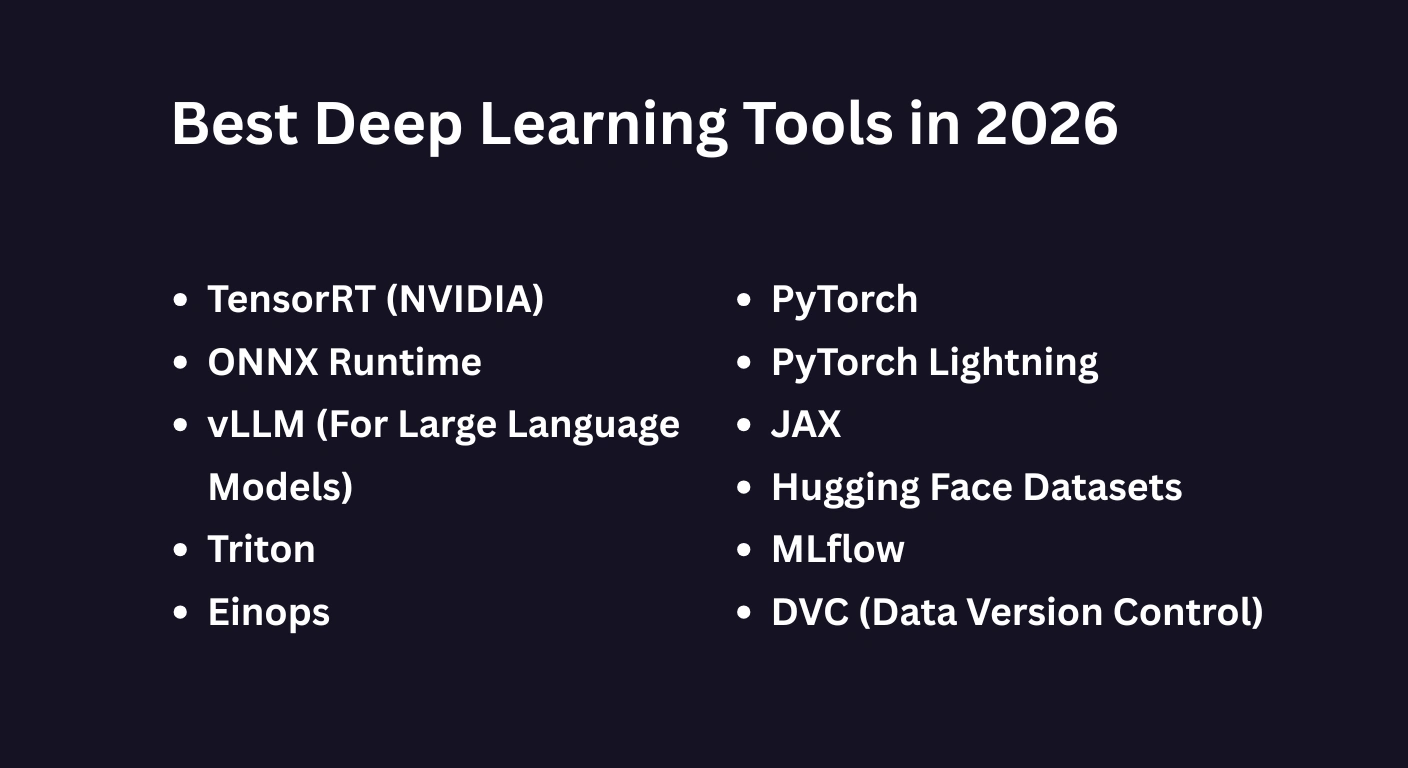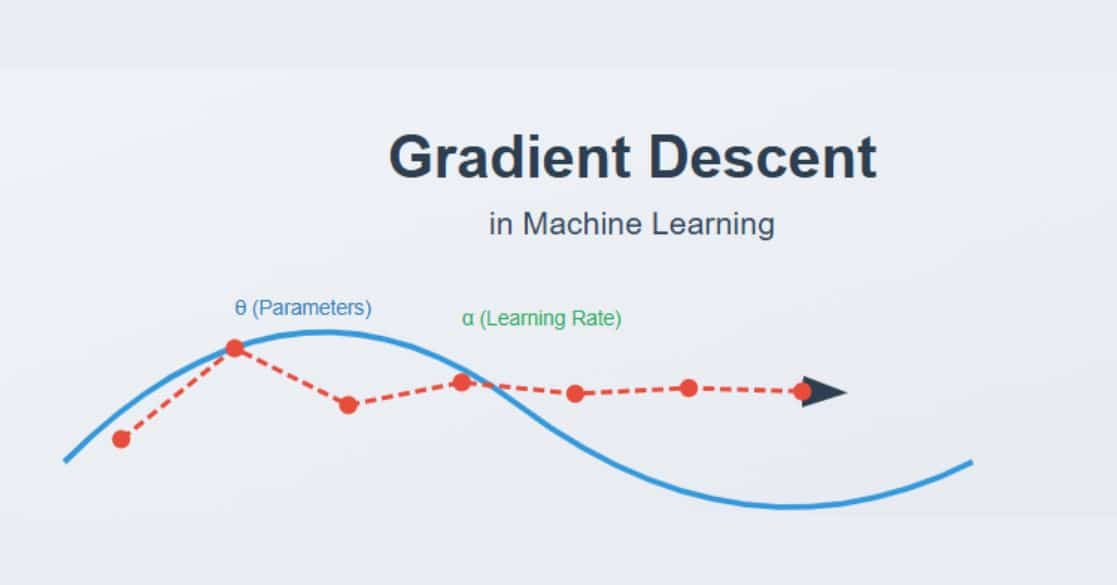- 1. Financial Fraud Detection
- 2. Healthcare Diagnostics
- 3. E-commerce
- 4. Autonomous Vehicles
- 5. Cybersecurity
- 6. Drug Discovery and Development
- 7. Supply Chain Management
- 8. Virtual Assistants
- 9. Content Recommendation
- 10. Weather Forecasting
- 11. Game Development
- 12. Agriculture
- 13. Manufacturing: Predictive Maintenance
- 14. Banking and Finance: Algorithmic Trading and Credit Scoring
- 15. Energy Management: Creating Smarter Grids
- 16. Scams and Disinformation: The Darker Side
- 17. Automated Content Creation
- 18. Real-time Language Translation
You wake up to an alarm—but it’s not a normal alarm. It’s an alarm that was set based on your meetings and calendar. Then you check your phone, and your favorite news is already there. Then, when you get in the car, the map app tells you the route with the least traffic without you even asking.
You may not have noticed, but all of this is more than just a convenience. This is the wonder of Artificial Intelligence, making every small and big task easier for you.
In this article, you will learn about the real-world applications of AI. You will know where AI is hidden around you, how it works, and how AI is going to change our lives in the future.
1. Financial Fraud Detection
When you swipe your credit card, there's a good chance an AI is watching that transaction. Banks and financial institutions use AI to prevent fraud in real-time.
How it works: These systems are trained on massive datasets containing millions of transactions, both legitimate and fraudulent. The AI learns to identify patterns that signal fraudulent activity. This isn't just about stolen card numbers. It analyzes your typical spending habits: where you shop, how much you usually spend, and the time of day you make purchases.
If a transaction deviates significantly from your established pattern—for instance, a large purchase in a different country minutes after you bought coffee in your hometown—the system flags it as suspicious. The transaction might be blocked, or you might receive an immediate text message to verify it was you.
Why it's important: This process happens in milliseconds. Before AI, fraud detection relied on rule-based systems that were slower and easier for criminals to circumvent. AI's ability to adapt and learn new fraudulent patterns makes it a much more effective tool in securing financial systems. The U.S. Treasury has even utilized AI to recover billions of dollars lost to fraud.
2. Healthcare Diagnostics
AI is not replacing doctors, but it is becoming a powerful tool to assist them, particularly in diagnostics. It's about finding signals in complex medical data that a human might miss.
How it works: In fields like radiology, AI models are trained on thousands of medical images (X-rays, CT scans, MRIs) that have been annotated by expert radiologists. The AI learns to identify anomalies, such as tumors or other signs of disease, often with a high degree of accuracy.
For example, an AI can analyze a chest X-ray and highlight areas that may indicate pneumonia or cancer, drawing the radiologist's attention to potential issues.
Why it's important: This doesn't remove the need for a human expert. Instead, it acts as a second pair of eyes, helping to prioritize cases and reduce diagnostic errors. Given the sheer volume of images a radiologist has to review, this can significantly speed up the diagnostic process and lead to earlier treatment.
3. E-commerce
That "Recommended for You" section on your favorite online store is a direct application of AI. These recommendation engines are designed to predict what you might want to buy next.
How it works: E-commerce platforms collect vast amounts of data on your browsing and purchasing history. AI algorithms analyze this data, along with the data of millions of other users, to identify patterns.
If you buy a tent, the AI might notice that other users who bought the same tent also purchased a sleeping bag and a lantern. It will then recommend those items to you. This goes beyond simple product associations; it also considers your viewing history, what you've put in your cart, and even how long you look at certain items.
Why it's important: For businesses, effective recommendations drive sales. For consumers, it can improve the shopping experience by helping them discover products they might not have found otherwise.
4. Autonomous Vehicles
Self-driving cars are one of the most visible applications of AI. Companies like Waymo have vehicles on the road right now, navigating complex urban environments.
How it works: Autonomous vehicles use a combination of sensors—cameras, LiDAR, radar—to perceive the world around them. AI is the brain that processes this massive stream of data in real-time. It identifies pedestrians, other vehicles, traffic lights, and road signs.
The AI then makes decisions about steering, acceleration, and braking based on this information and its learned driving policies. These systems are trained on millions of miles of real-world driving data and simulated scenarios to handle a wide range of situations.
Why it's important: The goal is to create a mode of transportation that is safer and more efficient than human drivers. While fully autonomous vehicles are still being refined, the underlying technology is already being used in advanced driver-assistance systems (ADAS) in many modern cars.
5. Cybersecurity
In cybersecurity, the battle is between attackers finding new vulnerabilities and defenders trying to patch them. AI is tilting the scales in favor of the defenders by enabling proactive threat detection.
How it works: AI-powered cybersecurity tools monitor network traffic and user behavior, establishing a baseline of what is "normal." When an activity deviates from this baseline—for example, a user suddenly accessing sensitive files they've never touched before, or data being sent to an unusual external server—the AI flags it as a potential threat. This is known as behavioral analytics.
Why it's important: Traditional security relied on recognizing known threats (like specific malware signatures). AI can detect new, previously unseen attacks by focusing on anomalous behavior. This allows security teams to identify and respond to threats before significant damage is done.
6. Drug Discovery and Development
Developing a new drug is an incredibly slow and expensive process. AI is being used to speed up the early stages of this pipeline.
How it works: AI can analyze vast datasets of biological and chemical information to identify potential drug candidates. For example, AI models can predict how a particular molecule might interact with a specific protein in the body, which is a key step in designing a new drug.
This allows researchers to screen millions of potential compounds virtually, identifying the most promising ones for further lab testing.
Why it's important: By automating and optimizing parts of the discovery process, AI can potentially reduce the time and cost of bringing new medicines to market. While AI isn't designing drugs from scratch on its own, it's a powerful tool for augmenting the work of human scientists.
7. Supply Chain Management
Modern supply chains are incredibly complex, involving thousands of moving parts. AI is used to bring efficiency and predictability to this complexity.
How it works: AI can be used for demand forecasting, predicting how much of a product will be needed in a specific location at a certain time. This is done by analyzing historical sales data, weather patterns, economic indicators, and other variables.
AI also optimizes routes for delivery trucks, taking into account traffic, fuel costs, and delivery windows to find the most efficient path.
Why it's important: Better forecasting and logistics reduce waste, lower costs, and ensure that products are available when and where customers want them. In a globalized economy, this level of optimization is crucial for businesses to remain competitive.
8. Virtual Assistants
Personal assistants like Siri, Alexa, and Google Assistant are some of the most common encounters people have with AI.
How it works: These systems use Natural Language Processing (NLP), a branch of AI, to understand spoken commands. When you ask a question, the AI breaks down your speech into its component parts, determines your intent, and then executes a command or searches for information. It uses machine learning to improve its understanding of your voice and accent over time.
Why it's important: Virtual assistants have made technology more accessible, allowing users to interact with their devices hands-free. They are integrated into smartphones, smart speakers, and even cars, providing a more seamless way to access information and control smart home devices.
9. Content Recommendation
Similar to e-commerce, streaming services like Netflix and YouTube use AI to decide what you see next.
How it works: The AI analyzes your viewing habits: what you watch, how long you watch it, what you skip, and what you "like" or "dislike." It compares your behavior to that of millions of other users to find people with similar tastes. It then recommends content that those similar users have enjoyed.
Why it's important: For the user, this creates a personalized feed of content that is likely to be engaging. For the platforms, it's a critical tool for user retention. By keeping you engaged with a continuous stream of relevant content, they increase the likelihood that you will remain a subscriber or continue using their service.
10. Weather Forecasting
Weather prediction has traditionally relied on physics-based models running on supercomputers. AI is now offering a new, and in some cases more accurate, approach.
How it works: AI models, like Google DeepMind's GraphCast, are trained on decades of historical weather data. They learn complex patterns in atmospheric conditions and can generate forecasts much faster than traditional methods. These AI-driven systems can produce a 10-day forecast in under a minute on a standard computer.
Why it's important: Faster and more accurate weather forecasting has significant implications for everything from agriculture to disaster preparedness. Improved predictions for extreme weather events like hurricanes can save lives and property.
11. Game Development
AI has been a part of video games for decades, but its role is becoming much more sophisticated.
How it works: Generative AI tools are being used to help create game assets like textures, environments, and concept art, speeding up the development process. In-game, AI controls non-player characters (NPCs), making their behavior more realistic and responsive to the player's actions.
AI can also be used for procedural content generation, creating vast and unique game worlds for players to explore.
Why it's important: For developers, AI can reduce the time and cost of creating large-scale games. For players, more advanced AI can lead to more immersive and unpredictable gameplay experiences.
12. Agriculture
AI is helping to make agriculture more efficient and sustainable.
How it works: AI-powered drones and satellites can monitor crop health across vast fields, identifying areas affected by pests, diseases, or lack of water. Machine learning algorithms can analyze this data to help farmers apply water, fertilizer, and pesticides only where they are needed. AI-driven robots can also perform tasks like precise weeding and harvesting.
Why it's important: Precision agriculture reduces the use of resources, lowers costs, and increases crop yields. This is crucial for meeting the food demands of a growing global population while minimizing environmental impact.
13. Manufacturing: Predictive Maintenance
In a factory setting, an unexpected equipment failure can halt production and cost a company millions. AI is used to predict these failures before they happen.
How it works: Sensors are placed on machinery to collect data on temperature, vibration, and other operational metrics. An AI system analyzes this data in real-time to detect subtle anomalies that may indicate an impending failure. The system can then alert maintenance crews to service the machine before it breaks down.
Why it's important: Predictive maintenance shifts factory operations from a reactive "fix it when it breaks" model to a proactive one. This increases efficiency, reduces downtime, and improves safety for workers.
14. Banking and Finance: Algorithmic Trading and Credit Scoring
Beyond fraud detection, AI plays a significant role in other areas of finance.
How it works: In algorithmic trading, AI systems analyze market data at speeds no human could match, executing trades based on predicted price movements. In lending, AI is used for credit scoring. It analyzes a wide range of data points beyond traditional credit reports to assess a borrower's risk, potentially opening up access to credit for more people.
Why it's important: These applications are about speed and data processing. AI can make financial markets more efficient and lending decisions more nuanced, though they also raise important questions about fairness and bias in the algorithms.
15. Energy Management: Creating Smarter Grids
AI is being used to optimize the production and consumption of energy.
How it works: Smart grids use AI to forecast energy demand and adjust electricity generation accordingly. This is especially important with the rise of renewable energy sources like wind and solar, which are variable. AI can predict when solar panels will generate the most power and when demand will be highest, helping to balance the grid and prevent outages.
Why it's important: A more efficient energy grid reduces costs, conserves resources, and facilitates the transition to cleaner energy sources.
16. Scams and Disinformation: The Darker Side
It's crucial to acknowledge that AI is also being used for malicious purposes.
How it works: AI can be used to generate highly convincing phishing emails, create fake websites, and even produce "deepfake" audio or video to impersonate individuals. These scams are becoming increasingly difficult to detect because they lack the typical red flags, like poor grammar.
Prompt injection attacks on AI browsers are an emerging threat that could potentially lead to financial loss. Researchers are also demonstrating how to "jailbreak" AI models to bypass their safety features.
Why it's important: Understanding these malicious uses is the first step in developing defenses against them. As AI technology becomes more accessible, so too do the tools for creating sophisticated scams and spreading disinformation.
17. Automated Content Creation
AI is now capable of generating human-like text, images, and even code.
How it works: Large Language Models (LLMs) are trained on massive amounts of text and code from the internet. They learn the patterns, grammar, and style of human writing. When given a prompt, they can generate new content, from writing a product description to drafting an email.
Why it's important: This technology has the potential to automate many writing and content creation tasks. However, it also raises significant concerns about originality, accuracy, and the potential for misuse in creating spam or misleading content.
Also Read: Top AI Content Generation Tools
18. Real-time Language Translation
AI is breaking down language barriers.
How it works: AI-powered translation tools analyze the structure and context of a sentence in one language and generate a grammatically correct and contextually appropriate translation in another. This goes far beyond simple word-for-word substituhttps://www.ibm.com/topics/large-language-modelstion. These systems are constantly learning from new data to improve their accuracy.
Why it's important: Real-time translation is facilitating global communication for everything from international business to personal travel. It's making information and services accessible to a much wider audience.






